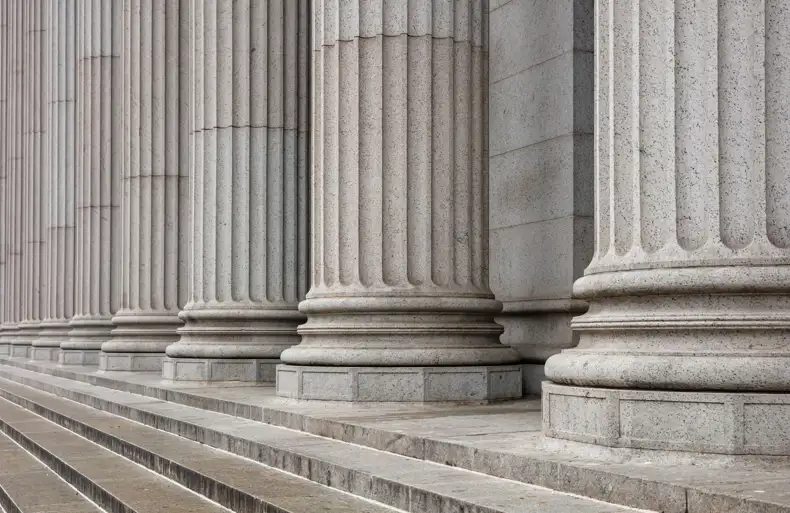Edinburgh, whose Old and New Towns are both listed as UNESCO World Heritage sites, has remained a major business and tourism centre thanks to the city’s progressive approach, allowing it to meet the changing demands of modern-day consumers.
The core retail area of the city centre has been transformed from what it was three decades ago. At the time, George Street predominantly comprised office and banking space with a relatively small element of retail, and Princes Street mainly consisted of retail on the ground floor and in many cases, upper floors which were underutilised.
Today, George Street is a shopping destination in its own right, offering an eclectic selection of retailers, including Hollister, Fat Face, Jack Wills, Jo Malone and Rox. The range of restaurants on offer such as Tigerlily, The Dome, Hard Rock Café and Contini Ristorante, most of which are located in former bank buildings, adds to the street’s appeal.
Princes Street’s offering has evolved, too. Buildings that previously formed department stores occupied by House of Fraser at 146 Princes Street and BHS at 64 Princes Street are now transforming into exciting new schemes. With the rise of ecommerce, which has dramatically changed the customer experience, more shoppers than ever are choosing the convenience of online shopping over the high street. To compete, town planners, developers, investors, landlords, and retailers have taken steps to tempt shoppers back to the high street with a mix of enhanced shopping, leisure and culinary experiences they can’t access from home.
Recently, Parabola and Diageo have been granted planning consent by The City of Edinburgh Council for the creation a flagship Johnnie Walker visitor centre at 146 Princes Street, which had been a department store since the 1890s. The new attraction will include retail space on the ground floor with a multi-sensory immersive visitor experience, events space and bar academy on the upper floors, as well as rooftop bars overlooking Edinburgh Castle and the city skyline. The scheme has the potential to attract large visitor numbers, as demonstrated by Diageo’s Storehouse in Dublin, where footfall surpassed 1.7m visitors in 2018.
The former BHS department store is undergoing a dramatic makeover too – LaSalle Investment Management on behalf of Coal Pension Trustees is developing a mixed-use scheme, which will feature retail on the basement, ground and upper ground levels. The Rose Street part of the property has been demolished and is in the process of being redeveloped to provide restaurant and retail units alongside the main entrance to a 136-bed hotel and rooftop restaurant, which will span the Rose Street and Princes Street elevations.
This is one of a few schemes that has seen the conversion of upper floors to hotel use. Other examples of such makeovers include 121-123 Princes Street, which was developed by Deramore between 2011 and 2012 to form retail, subsequently let to New Look on the ground floor and a 97-bed Premier Inn above. Previously, the upper floors of the building had been unused. The scheme was developed under the “String of Pearls” programme promoted by The City of Edinburgh Council to encourage the use of underutilised upper floors on Princes Street. The property was later sold for £34m, which reflected a NIY of 5.50%, with 65% of the income from New Look and 35% of the income from Premier Inn.
Elsewhere on Princes Street and George Street, much smaller schemes have been proposed, converting vacant upper floors to residential apartments and serviced holiday apartments. For example, at 134 Princes Street and 1-3 South Charlotte Street at the point of sale in March 2017, the ground and basement of the property were let to Carphone, Hutchison 3G and Nationwide Building Society, whilst the upper floors were part-let to Brook Street UK and part-vacant. Since the purchase by Thistle Property, the element previously let to Nationwide is now let to KFC and planning consent has recently been granted for the conversion of the first floor into two residential apartments. The property was purchased for £5.4m, reflecting a NIY of 6.19%. The redevelopment of St James Centre on Leith Street in the city’s East End by TH Real Estate and APG is also among the city’s exciting new mixed-use schemes. The new project, which involves the redevelopment of St James Centre, constructed in 1969, will comprise 85 new retail units, 32 food and drink outlets, a five-star hotel, a Roomzzz Aparthotel, 152 apartments, a five-screen cinema, and three new public squares, creating a diverse experience-led destination.
At Waverley Mall, The Moorgarth Group has plans for the construction of new retail and food and drink outlets, as well as creating a European style piazza area and performance space. The scheme, purchased by Moorgarth in 2017 for £23.25m, reflected a NIY of 8.00%.
Close by on St Andrew Square, what was formally offices on the south side is now a major casual dining experience spot with eight bars and restaurants, a multi-level retail store, offices, and residential apartments.
Looking forward, the growing popularity of mixed-use schemes in the core retailing area of Edinburgh city centre will continue to attract investors and developers as well as businesses, visitors and retail consumers. All of these projects contribute to the vitality of the city’s core area and reinforce it as a major retailing and leisure destination in the heart of Scotland’s capital.




